Frequently asked questions
Company News
- The charm of aluminum veneer, your new home choice!
- Hyperbolic aluminum veneer: the fashionable choice for modern architecture?
- Punched aluminum veneer: a perfect combination of fashion and practicality
- Aluminum veneer customization, creating a new trend of personalized space
- Punched aluminum veneer: a perfect combination of fashion and practicality
Industry dynamics
- What are the advantages and disadvantages of aluminum veneer compared to ceramic exterior walls?
- 2. Ultimate curve, aluminum veneer with fresh style. 3 Unique Hyperbolic, Aluminum Plate New Gameplay 4
- word
- Characteristics and advantages analysis of carved perforated aluminum veneer
- What is the price of aluminum veneer?
Frequently asked questions
- What are the advantages of aluminum veneer compared to other building materials in modern architecture?
- What is the antioxidant performance of aluminum veneer?
- Can aluminum veneer be used for building insulation design?
- What is the sound absorption effect of aluminum veneer?
- What is the seismic performance of aluminum veneer in building exterior design?
contact us
Mobile:+86 15627778610
Email: 2201229786@qq.com
Address: No. 5 Binjiang Road, High tech Zone, Zhaoqing City, Guangdong Province
Is the production process of aluminum veneer environmentally friendly?
- Author: Jinba Aluminum Industry (Guangdong) Co., Ltd
- Release time: March 19, 2025 17:48:00
- Click:0

Aluminum veneerIs the production process environmentally friendly?
Abstract: This article will elaborate on whether the production process of aluminum veneer is environmentally friendly from four aspects, including raw material acquisition, manufacturing process, energy consumption, and waste disposal. By analyzing and demonstrating each aspect, conclusions can be drawn.
1、 Raw material acquisition
1. The main raw material for aluminum veneer is aluminum alloy, which has abundant resource reserves and renewability, making it relatively environmentally friendly in terms of raw material acquisition. In the production process of aluminum alloy, recycling and reuse can be adopted to reduce dependence on natural resources.
2. However, the extraction and processing of aluminum alloys require a large amount of energy, especially electricity. If non renewable energy sources such as coal or oil are used, a large amount of carbon dioxide emissions will be generated, which will have a negative impact on the environment. Therefore, in the stage of raw material acquisition, choosing renewable energy is crucial.
3. In addition, the extraction and processing of aluminum alloys also generate some by-products and waste materials. Effective waste management and recycling measures can minimize environmental pollution and resource waste to the greatest extent possible.
2、 Manufacturing process
1. The manufacturing process of aluminum veneer usually includes steps such as casting, extrusion, rolling, and coating. These processes have certain differences in terms of environmental friendliness.
2. Casting and extrusion are common aluminum alloy processing techniques with high energy consumption, but energy consumption can be reduced by optimizing processes and equipment. Meanwhile, the waste and wastewater generated during the manufacturing process need to be treated reasonably to reduce their impact on the environment.
3. Rolling and coating are important process steps for aluminum veneer. During the rolling process, a large amount of energy and cooling water are required, therefore, there is room for improvement in energy selection and recycling. During the painting process, the coatings used should comply with environmental standards to reduce the release of harmful substances.
3、 Energy consumption
1. The energy consumption in the production process of aluminum veneer mainly comes from electricity and fuel. Choosing clean energy as the energy supply method, such as hydro, wind or solar power, can effectively reduce carbon emissions and environmental pollution.
2. In addition, optimizing production processes and equipment and improving energy utilization efficiency are also important means to reduce energy consumption. Through technological innovation and equipment upgrades, energy waste can be reduced and production efficiency can be improved.
3. Aluminum veneer manufacturing enterprises can also take energy-saving measures, such as strengthening energy management, optimizing production plans, and improving process flows, to reduce energy consumption and environmental load.
4、 Waste disposal
1. During the production process of aluminum veneer, some waste materials are generated, including wastewater, exhaust gas, and solid waste. These wastes pose potential pollution risks to the environment.
2. In order to protect the environment, aluminum veneer manufacturing enterprises should establish a comprehensive waste treatment system, including wastewater treatment facilities, exhaust gas purification equipment, and solid waste classification and treatment. At the same time, it is necessary to strictly comply with relevant environmental regulations and standards to ensure the safe disposal and discharge of waste.
3. In addition, the reuse and resource utilization of waste are also important ways of environmental protection. Through technological means and process improvements, waste can be transformed into valuable products or energy, reducing the consumption of natural resources.
5、 Summary
In summary, the production process of aluminum veneer presents certain challenges and room for improvement in terms of environmental protection. In the stage of raw material acquisition, choosing renewable energy and optimizing waste disposal are key. Optimizing energy consumption and coating selection are important environmental measures in manufacturing processes. Meanwhile, adopting clean energy and strengthening energy management can reduce energy consumption. In terms of waste disposal, establishing a comprehensive treatment system and implementing resource utilization are key measures for environmental protection. By comprehensively considering these aspects, we can promote environmental improvement in the production process of aluminum veneer and achieve sustainable development goals.

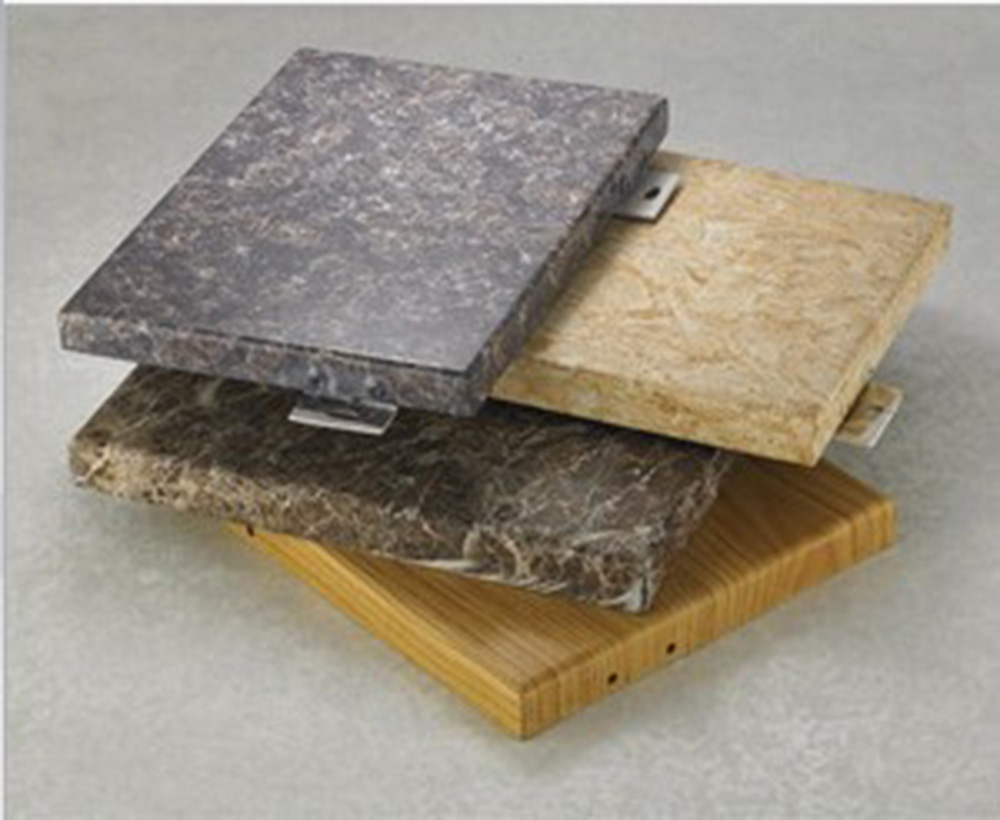
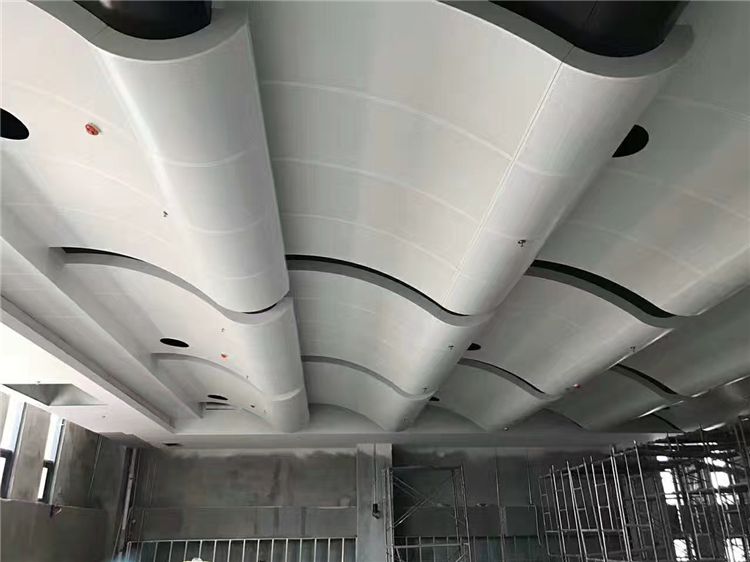
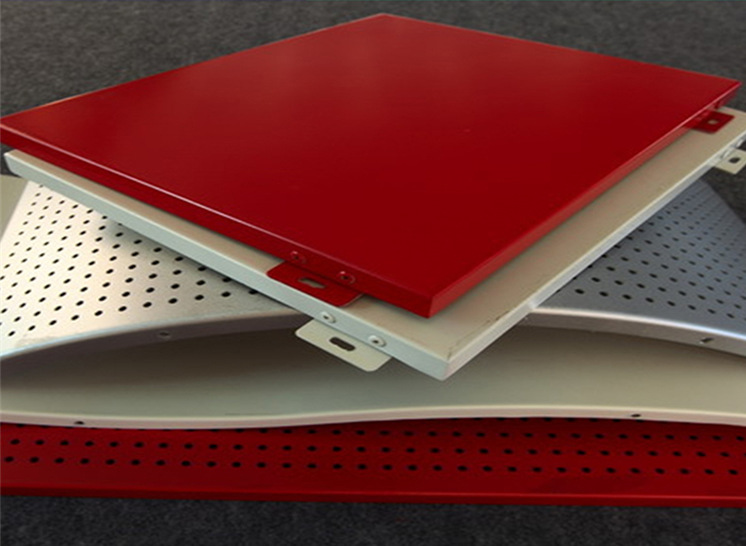
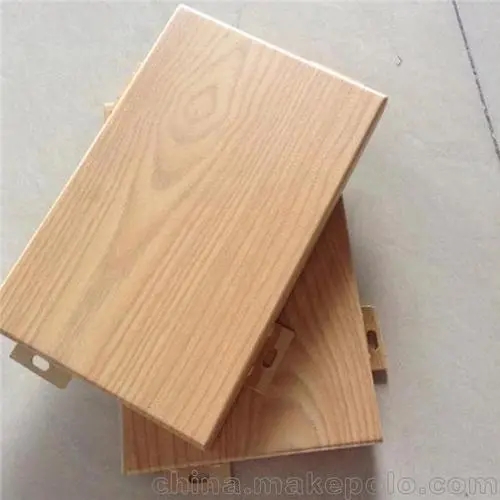
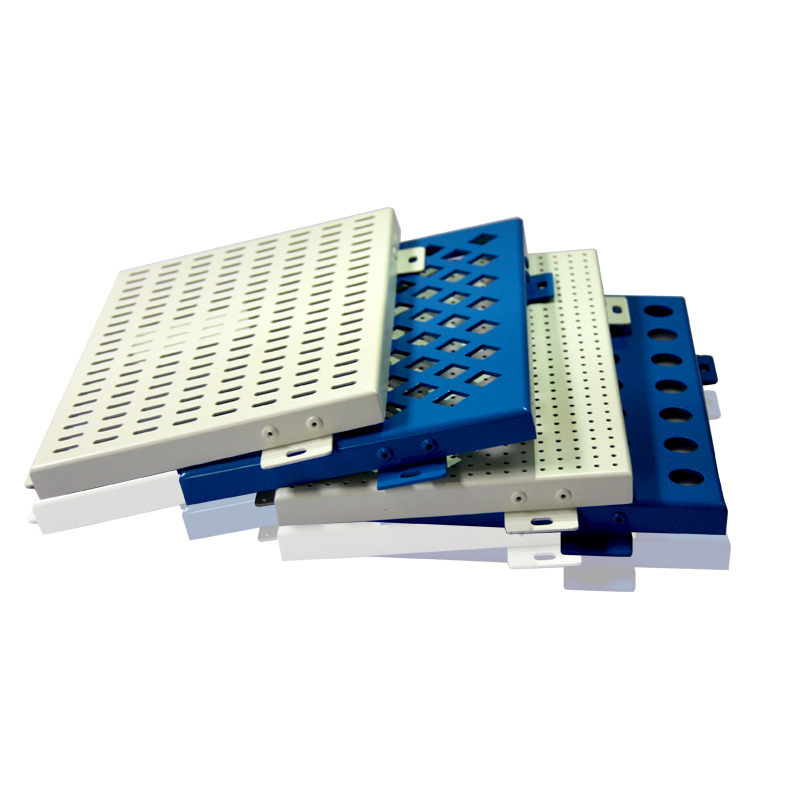
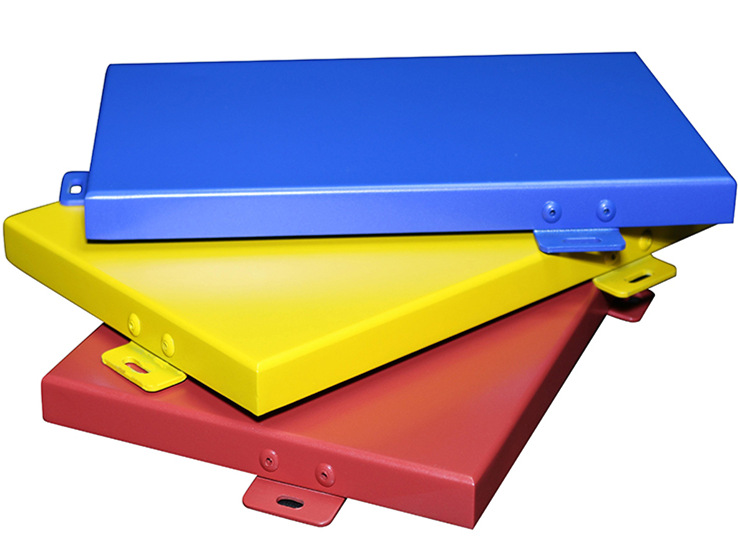
 Customer service QQ
Customer service QQ